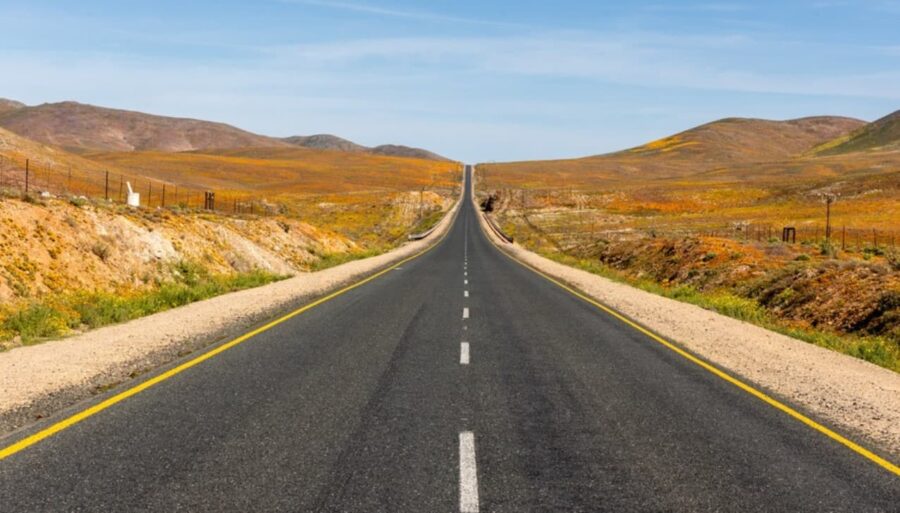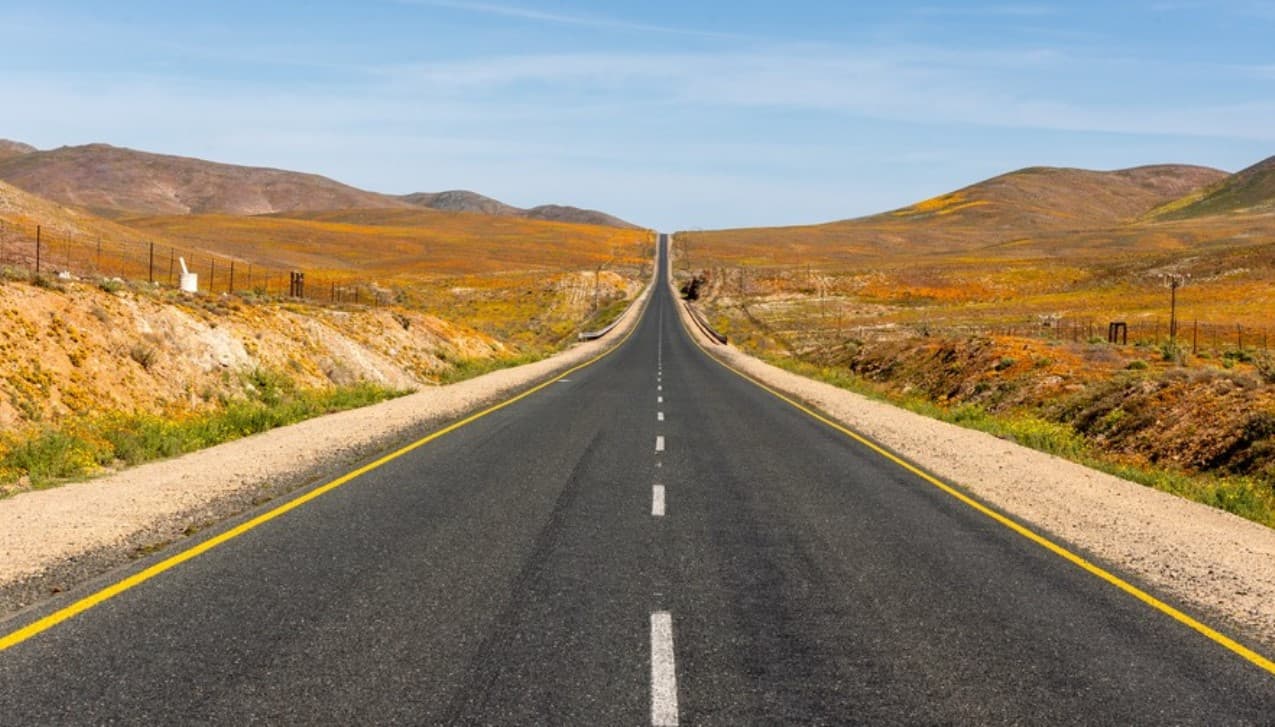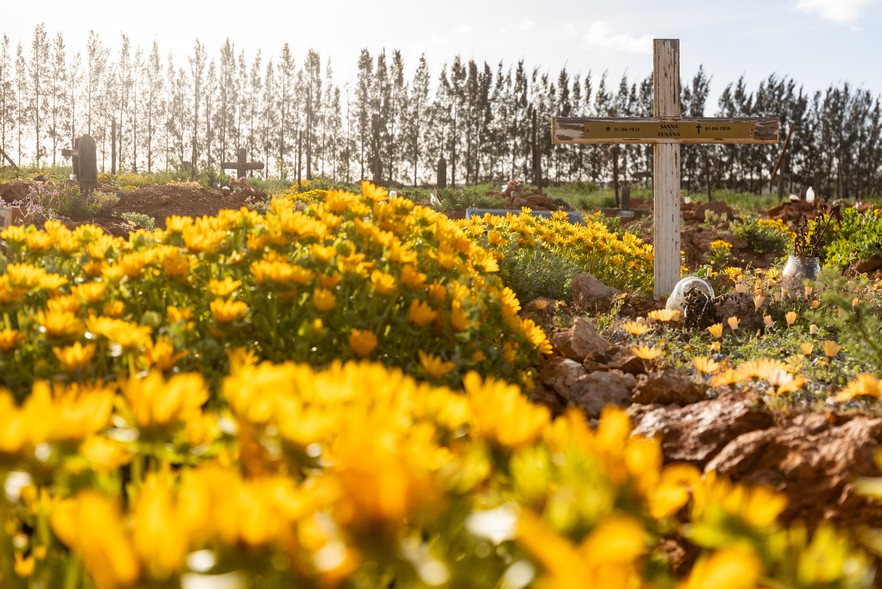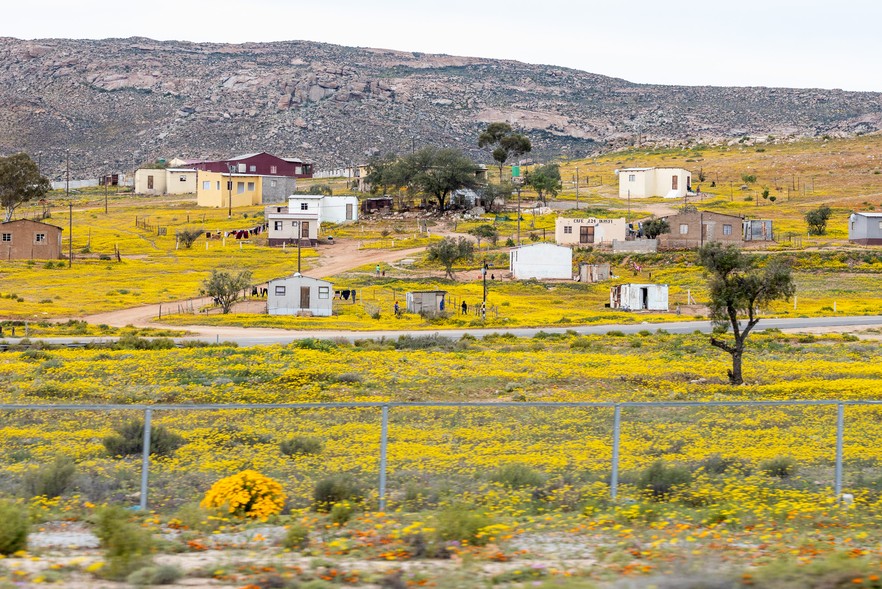
In photos: Namaqualand flowers bloom after rainy winter
Rainfall in national park has nearly doubled this year

The Namaqualand National Park has received about 250mm of rain so far this year, which is nearly double its average rainfall, according to South African National Parks (SANParks). The rainfall average is between 120mm and 150mm.
In August and September each year, the hills and valleys of the Namaqualand are covered in wildflowers and daisies. The colourful flowers, many of which are endemic to the Northern Cape and Western Cape, only bloom for a short period in the semi-arid landscape again. The flowers have adapted to the harsh and dry conditions of the Northern Cape, which is prone to low rainfall.
On the gravel road that leads to the park is a sign that reads: “Thank you for your prayers and support throughout the drought! From Namaqualand farmers.”

The national park is large, about 146,000 hectares. There are a few hiking trails, a diverse bird population, and over 3,000 different floral species, the “main attraction” of the park.
“The previous few years we had droughts, so the flowers weren’t as beautiful,” says Leonard Cloete of SANParks.

He said the flower season is the “most important time of the year” for the Northern Cape. “People from other provinces and other countries come to see the flowers. Their contribution to the economy is invaluable.”
“You can never exactly say when the flowers will peak. We reckon the middle to the end of August. It depends on the amount of rain we get,” he said.

Research by Jennifer Fitchett, Professor of Physical Geography at the University of the Witwatersrand, has found that the Namaqualand wildflowers are flowering earlier each decade.
Fitchett told GroundUp that the flowering was triggered by the amount of rainfall, the timing of the onset of the rainfall season, and temperature.
“The earlier the onset, the earlier the flowering is likely to be. The later the onset, the later the flowering is likely to be,” she said.
ALSO READ: West Coast flowers in full bloom




Published originally on Groundup | Text Liezl Human. Photos Ashraf Hendricks.
